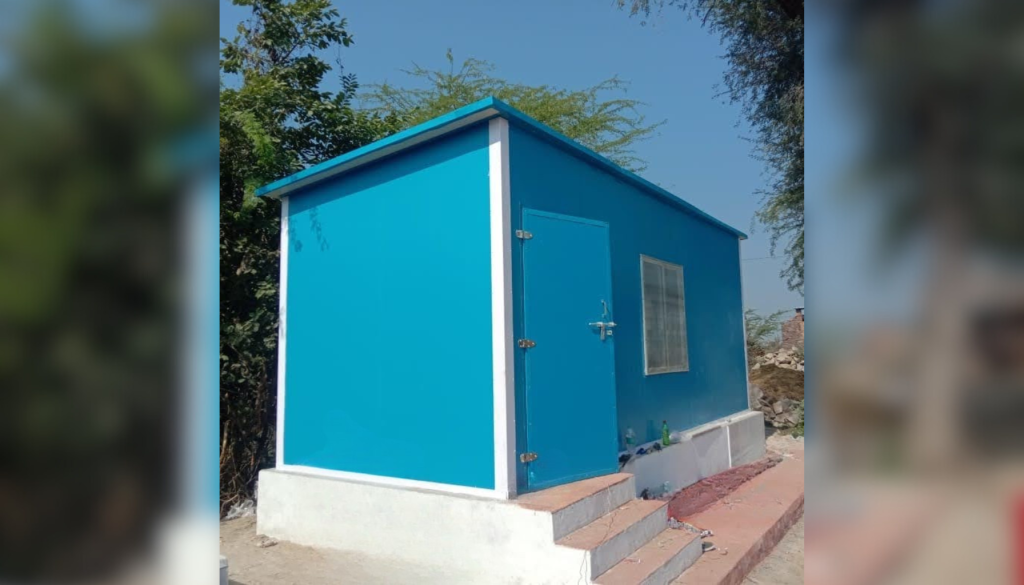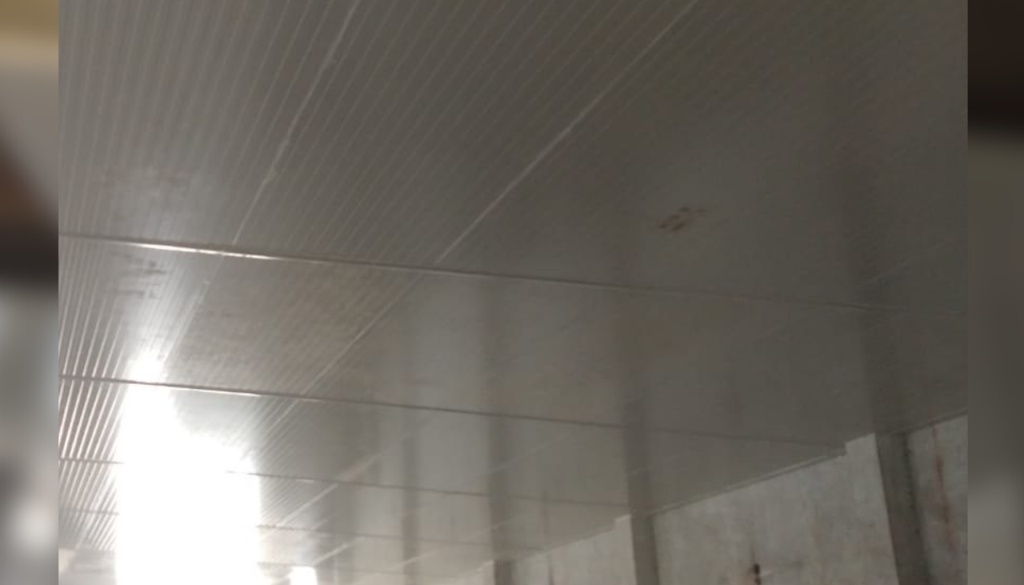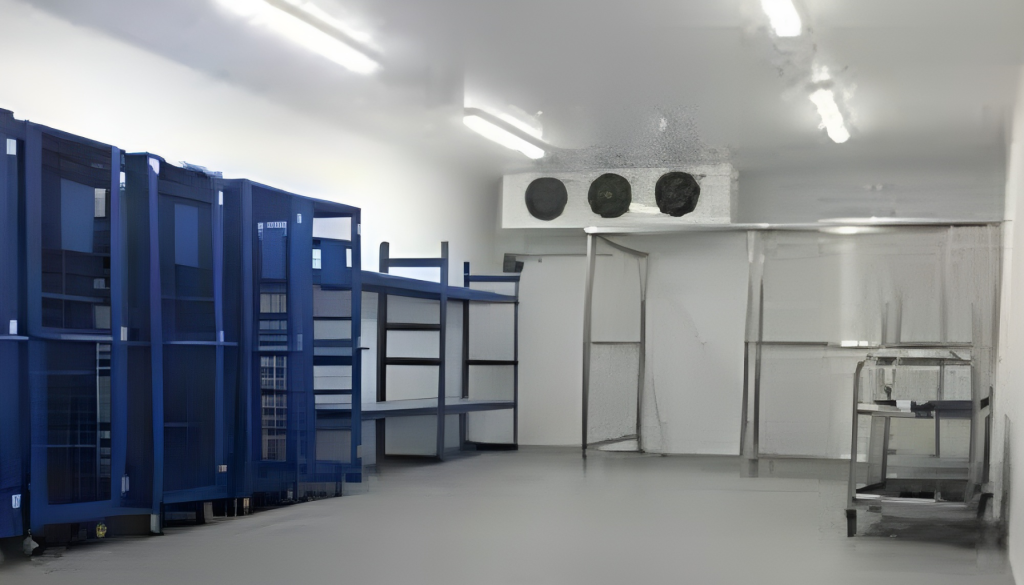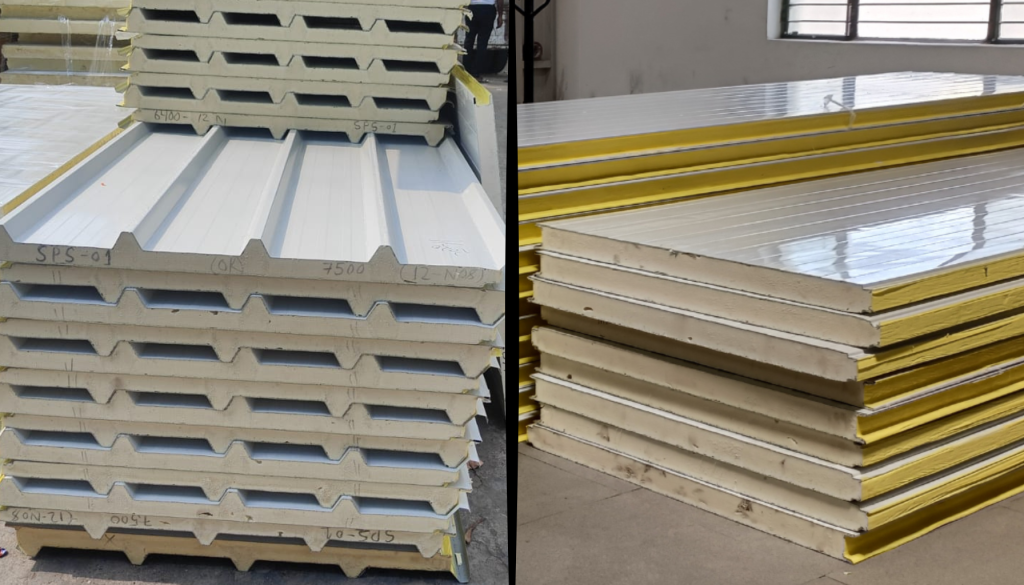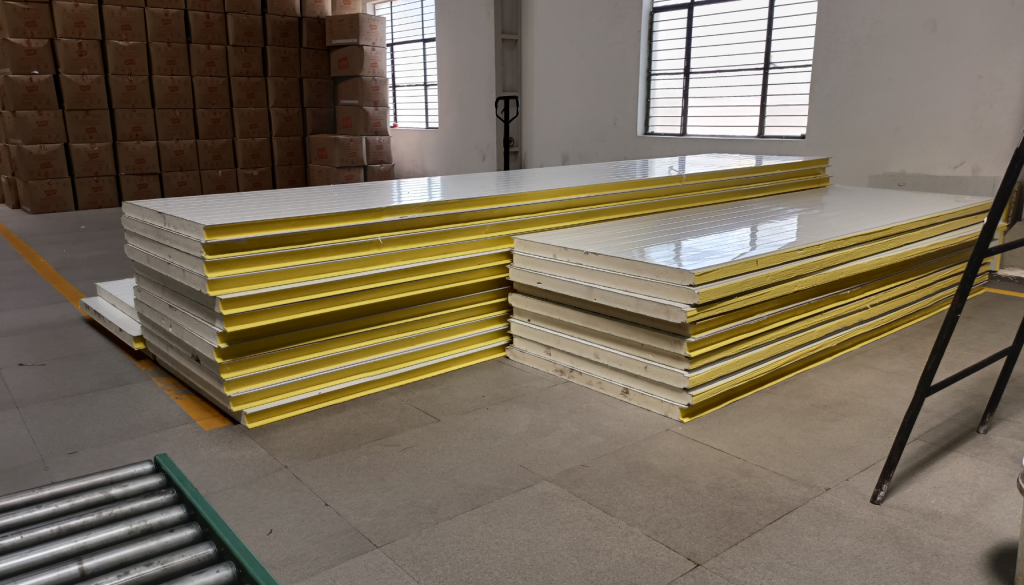PUF Panel RO Shelters
PUF Panel RO Shelters PUF Panel RO Shelters In the world of modern construction and sustainable building practices, PUF Panels have emerged as a cornerstone technology. Renowned for their superior insulation properties, PUF Panels are integral in constructing energy-efficient and cost-effective structures. Their versatility is particularly evident in specialized applications such as RO Shelters, where stable environmental conditions are paramount. Reverse Osmosis (RO) shelters, specifically designed to house and protect reverse osmosis plants, are critical in settings where water purification and treatment are essential. These shelters utilize PUF Panels to ensure optimal operational conditions for the RO systems, safeguarding the intricate processes involved in water filtration from external environmental fluctuations. The primary purpose of RO Shelters is to create a controlled environment that maximizes the efficiency and lifespan of reverse osmosis plants. By employing PUF Panels for RO Shelters, these structures benefit from enhanced thermal regulation and reduced energy costs, which are crucial for maintaining the delicate balance required for effective water purification. Furthermore, the importance of RO Shelters extends beyond mere protection; they are vital in ensuring that communities have access to clean, safe drinking water. In regions where water scarcity is an issue or where water contamination is prevalent, PUF RO Shelters play a pivotal role in supporting sustainable water management solutions. Incorporating PUF Panel RO Shelters in water treatment facilities not only underscores the commitment to environmental sustainability but also highlights the advanced technological integration in building practices today. As we continue to face global challenges related to water scarcity and quality, the role of PUF RO Shelters becomes increasingly significant in our pursuit of health, safety, and sustainability. What are PUF Panels? Polyurethane Foam (PUF) panels are advanced building materials that have transformed the construction industry with their exceptional insulation properties and versatility. Composed of polyurethane foam, these panels are encapsulated between layers of structural facings, typically made of metal, providing a robust, lightweight, and highly insulative barrier. The application of PUF Panels is particularly beneficial in the construction of RO Shelters, where maintaining a specific temperature and environmental control is crucial for the optimal operation of reverse osmosis systems. These panels play a vital role in the effectiveness and efficiency of RO Plant Shelters by ensuring that the internal conditions are constant, regardless of external weather variations. Benefits of Using PUF Panels in Construction of RO Thermal Insulation PUF Panels offer superior thermal insulation, which is crucial for RO Shelters. This property helps maintain the necessary ambient temperature within the shelters, thereby enhancing the efficiency of the RO systems. Energy Efficiency The excellent insulation characteristics of PUF Panels significantly reduce the energy consumption of heating and cooling systems within RO Shelters, leading to lower operational costs and a reduced environmental footprint. Durability PUF Panels are known for their strength and durability, which make them ideal for constructing RO Plant Shelters that require long-term structural integrity and resistance to environmental stressors. Ease of Installation The lightweight and modular design of PUF Panels facilitate quick and easy RO Shelters Installation, minimizing construction time and reducing labor costs. Cost-Effectiveness By improving energy efficiency and reducing maintenance requirements, PUF Panels for RO Shelters offer a cost-effective solution for water treatment facilities. This makes them an economically viable option for projects with tight budgets. Environmental Impact Utilizing PUF RO Shelters reflects a commitment to sustainable construction practices, as these panels contribute to reduce the overall carbon footprint of building projects. The integration of PUF Panels in the construction of RO Shelters not only enhances the operational capabilities of water purification systems but also aligns with modern building standards that prioritize efficiency, sustainability, and resilience. Their role in the construction of PUF Panel RO Shelters is indispensable, marking them as a key component in the advancement of environmental engineering solutions. Design and Installation of PUF Panel RO Shelters The design and installation of PUF Panel RO Shelters are critical processes that ensure the effectiveness and longevity of reverse osmosis systems used in water purification. This section provides comprehensive steps on how to strategically design and construct these specialized shelters, while taking into account essential considerations such as space allocation, material selection, and environmental factors. Planning and Design: Assess Requirements: Determine the size and capacity of the RO system to establish the spatial needs for the RO Shelters. Design Layout: Create detailed blueprints that incorporate all components of the RO system, ensuring there is adequate space for operation and maintenance within the PUF RO Shelters. Selection of Materials: Choose High-Quality PUF Panels: Select PUF Panels for RO Shelters that provide optimal insulation and are suited to the environmental conditions of the site. Structural Components: Ensure that all supporting structures, like frames and foundations, are designed to offer stability and durability. Site Preparation: Prepare the Location: Clear and level the site where the RO Plant Shelters will be installed. Consider drainage, access to utilities, and potential environmental impact. Infrastructure Setup: Install necessary infrastructure like water supply, drainage, and electrical connections prior to shelter installation. Installation of PUF Panel RO Shelters: Framework Setup: Erect the structural framework according to the design specifications. Panel Installation: Methodically install the PUF Panels, ensuring they are safely fastened and sealed to prevent thermal bridging and maximize insulation efficiency. Integration of RO System: System Placement: Install the reverse osmosis system within the shelter, ensuring all components are easily accessible for maintenance. Connectivity: Connect the RO system to the pre-installed utilities and ensure all systems are operational. Inspection and Quality Control: Thorough Inspection: Conduct comprehensive inspections at each stage of the construction to ensure compliance with design specifications and safety standards. Testing: Test the RO system within the PUF Panel RO Shelters to ensure it is functioning correctly in its new environment. Key Considerations for Successful Installation Space Utilization: Efficient use of space is crucial, not only for the accommodation of the RO equipment but also to ensure ease of maintenance and operation. Material Durability: Choose materials like PUF Panels that are capable of withstanding local environmental conditions such
PUF Panel RO Shelters Read More »

